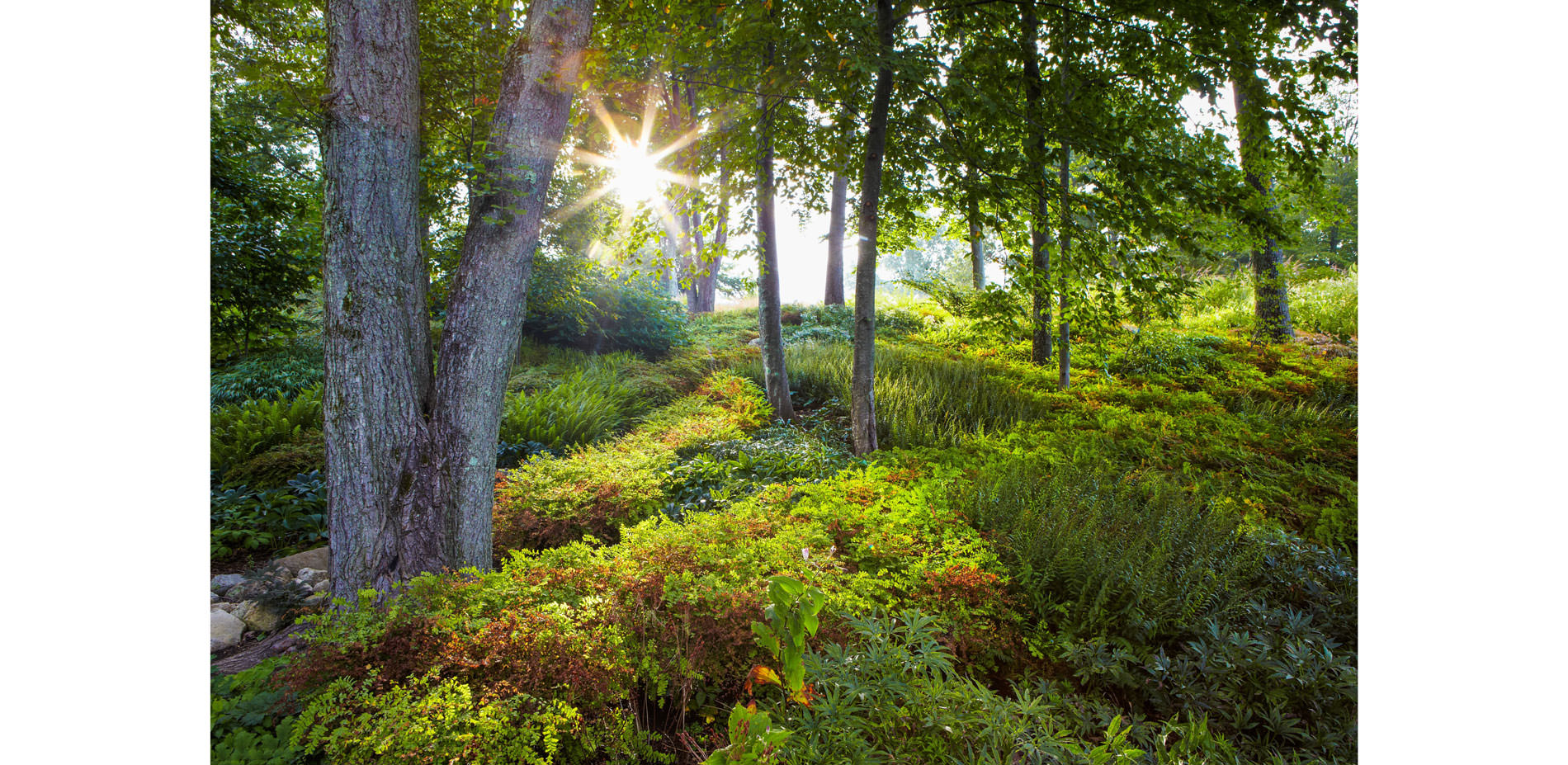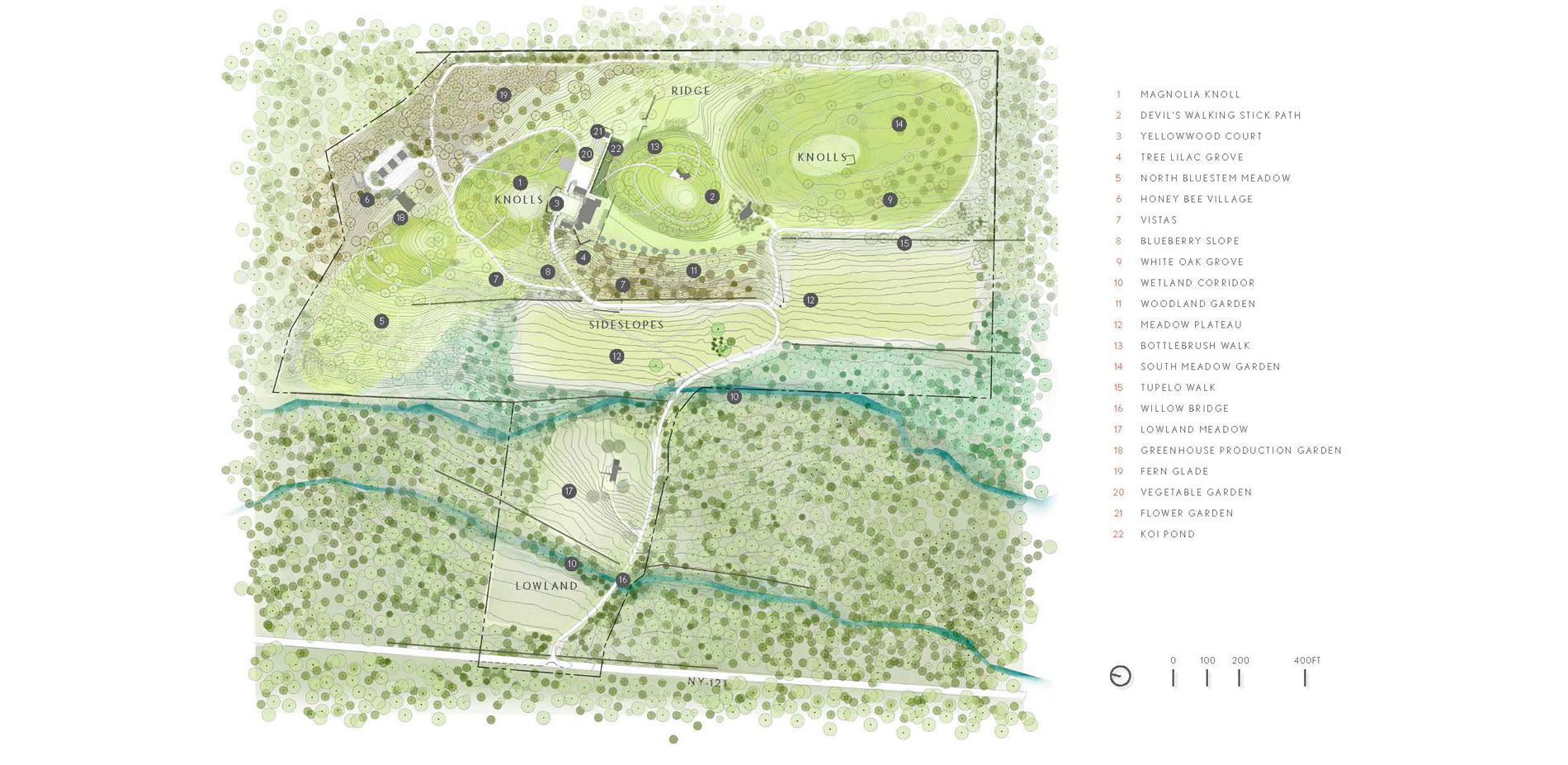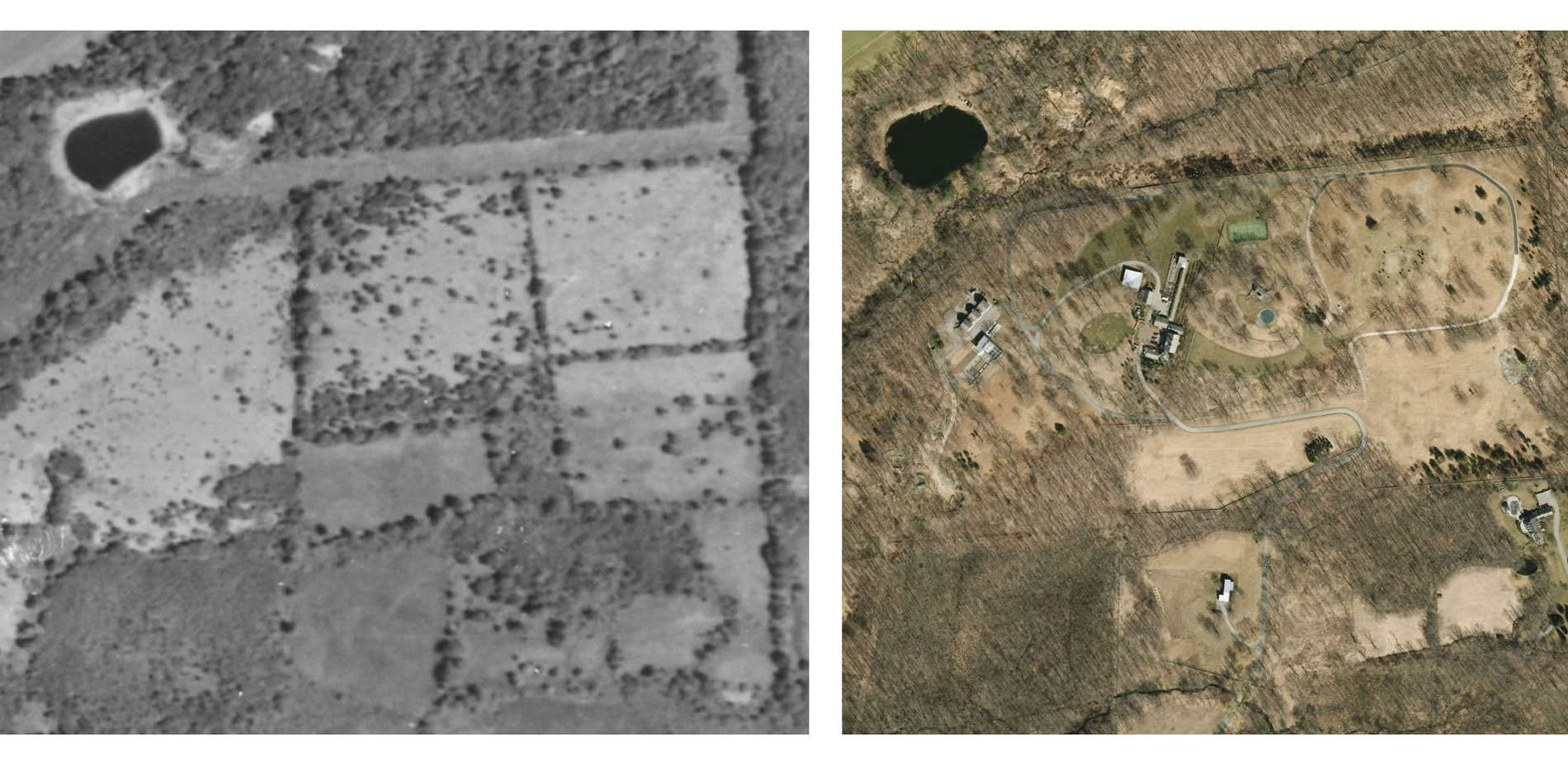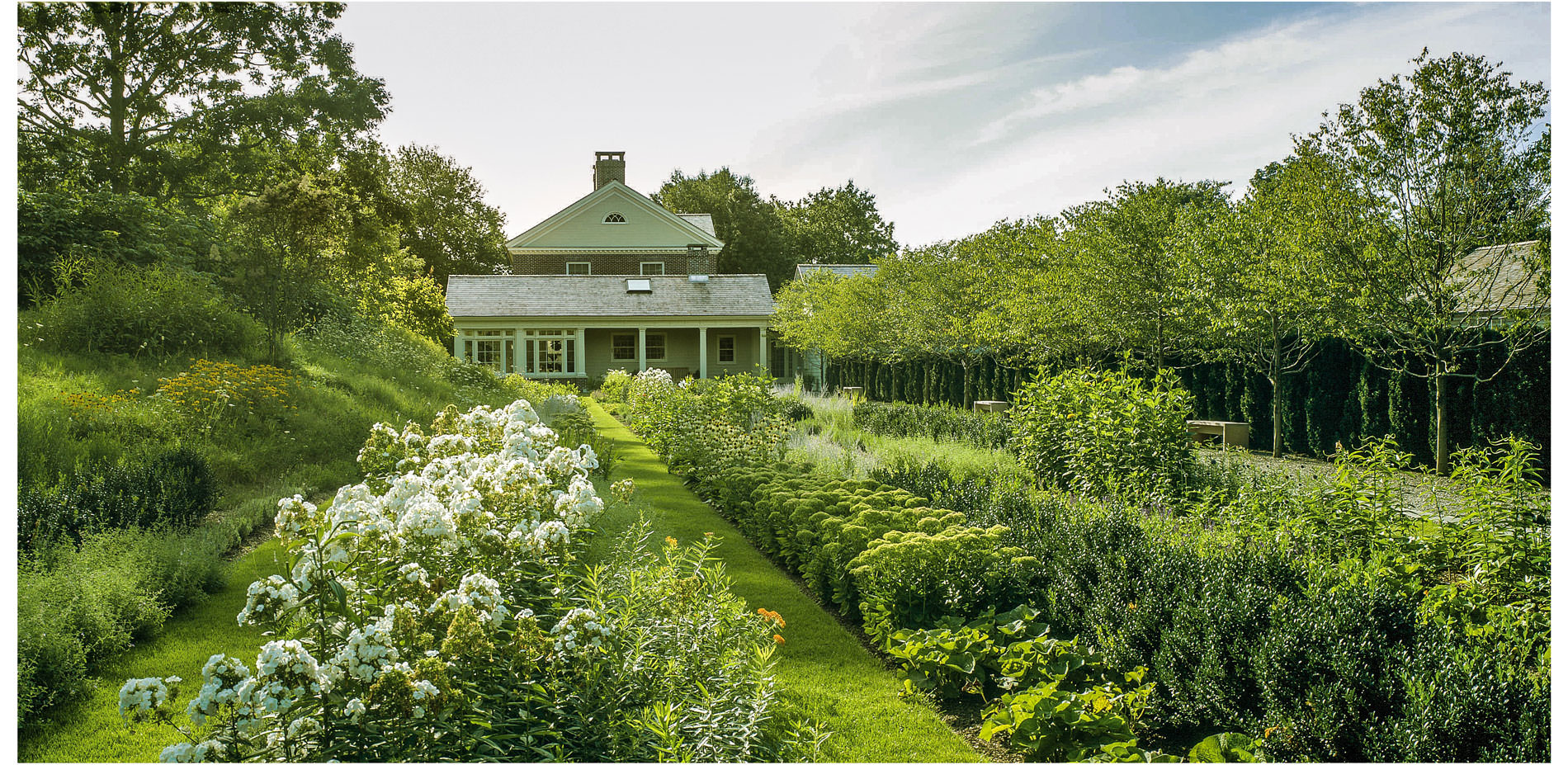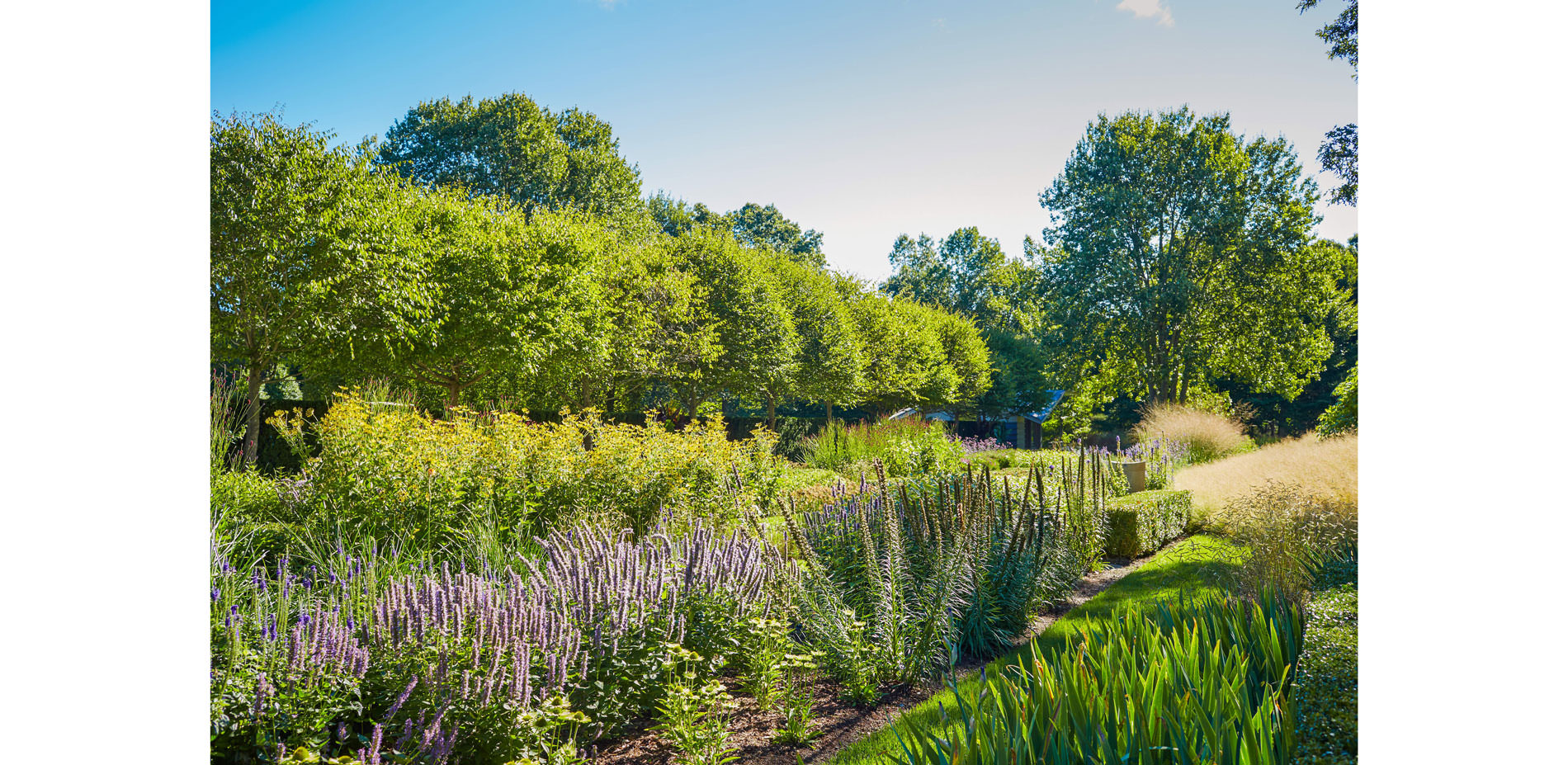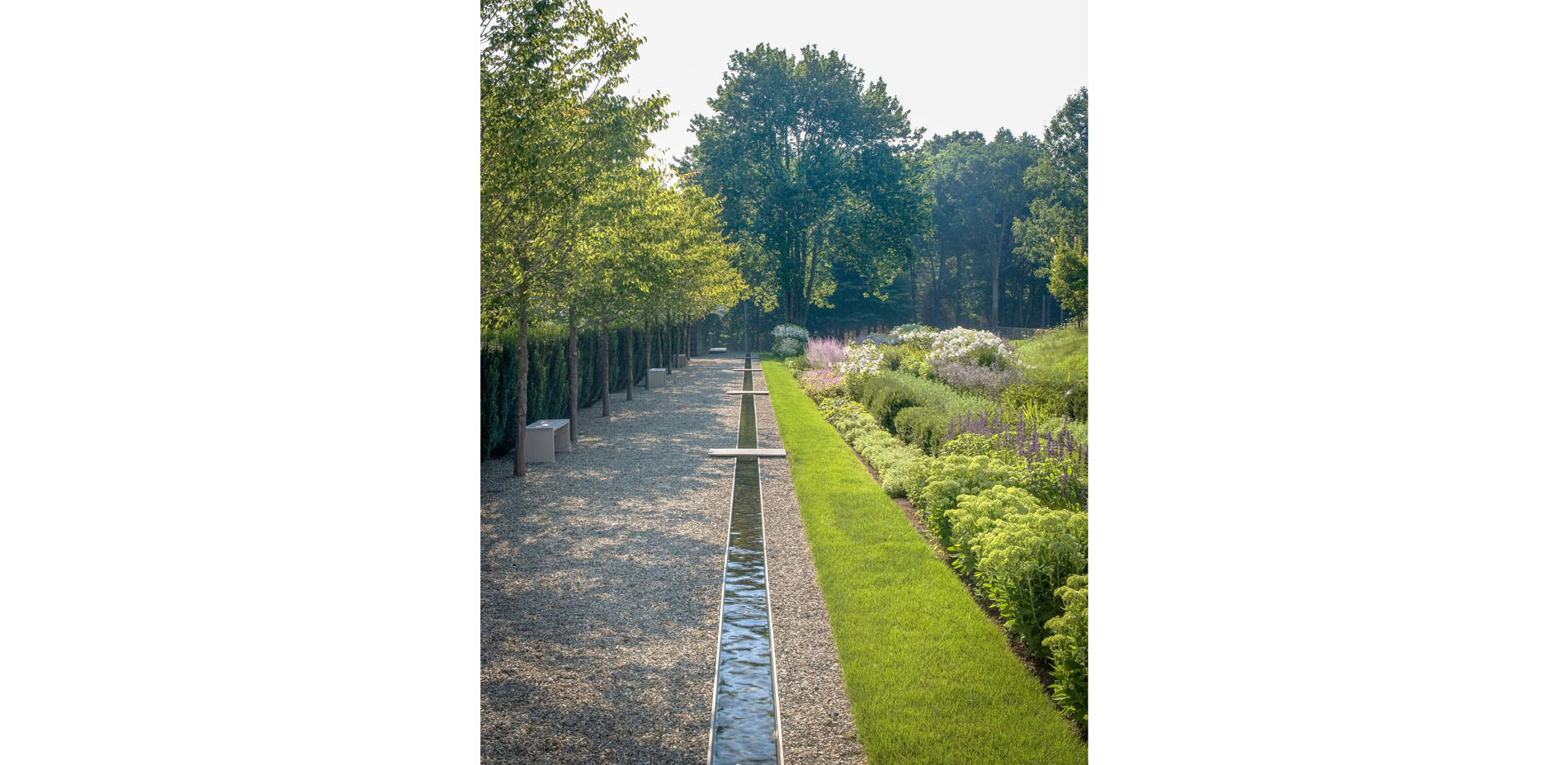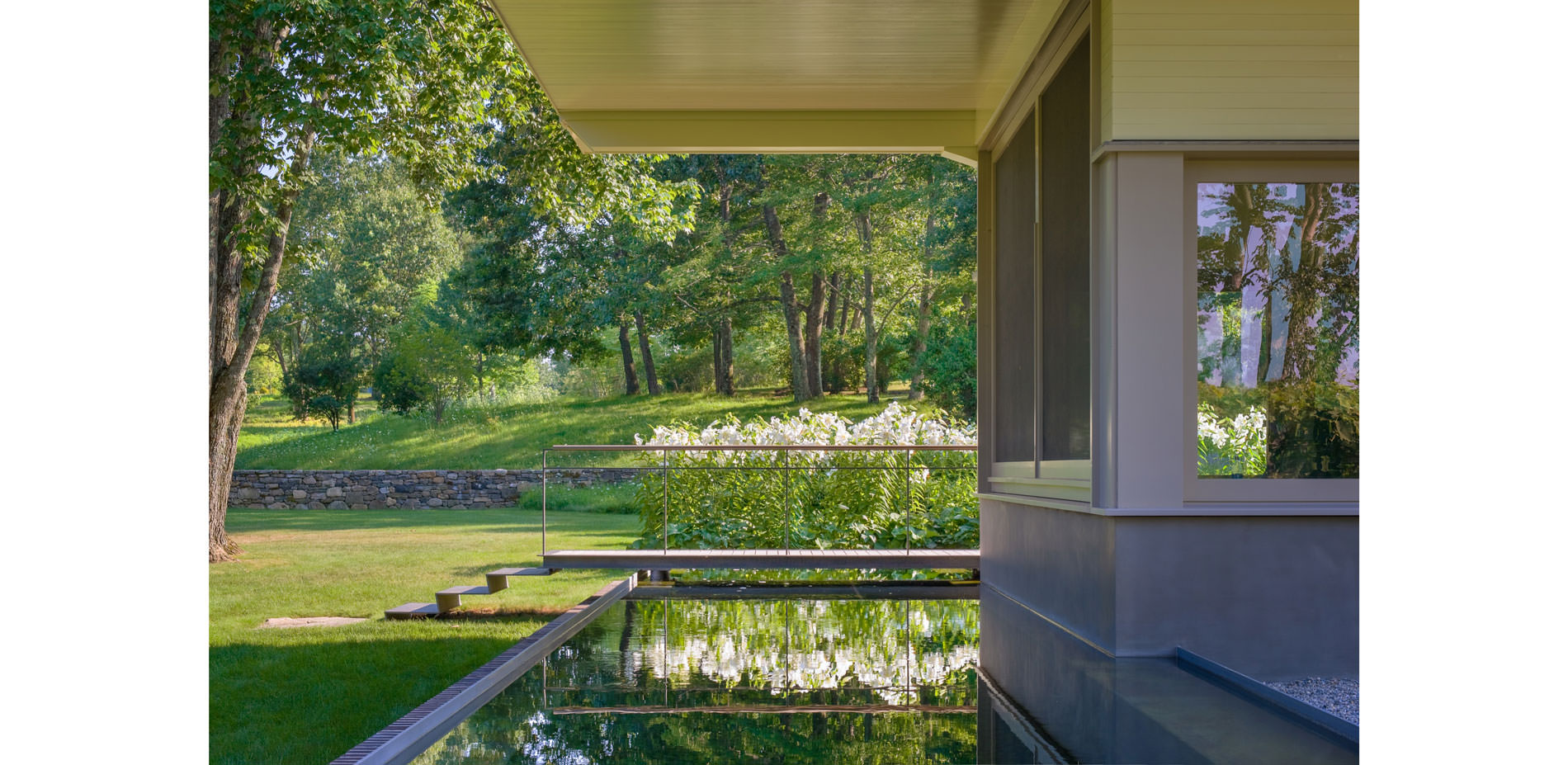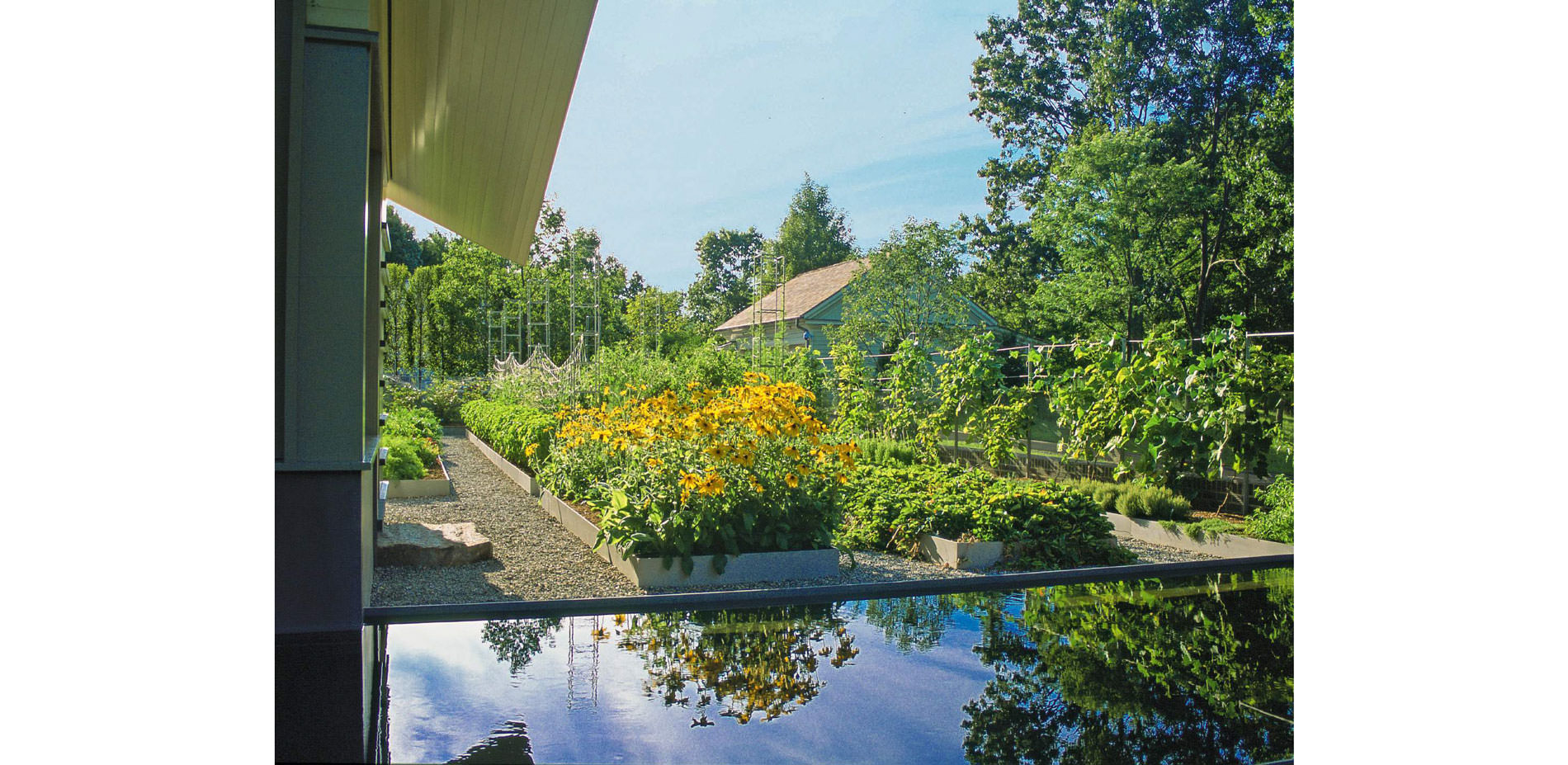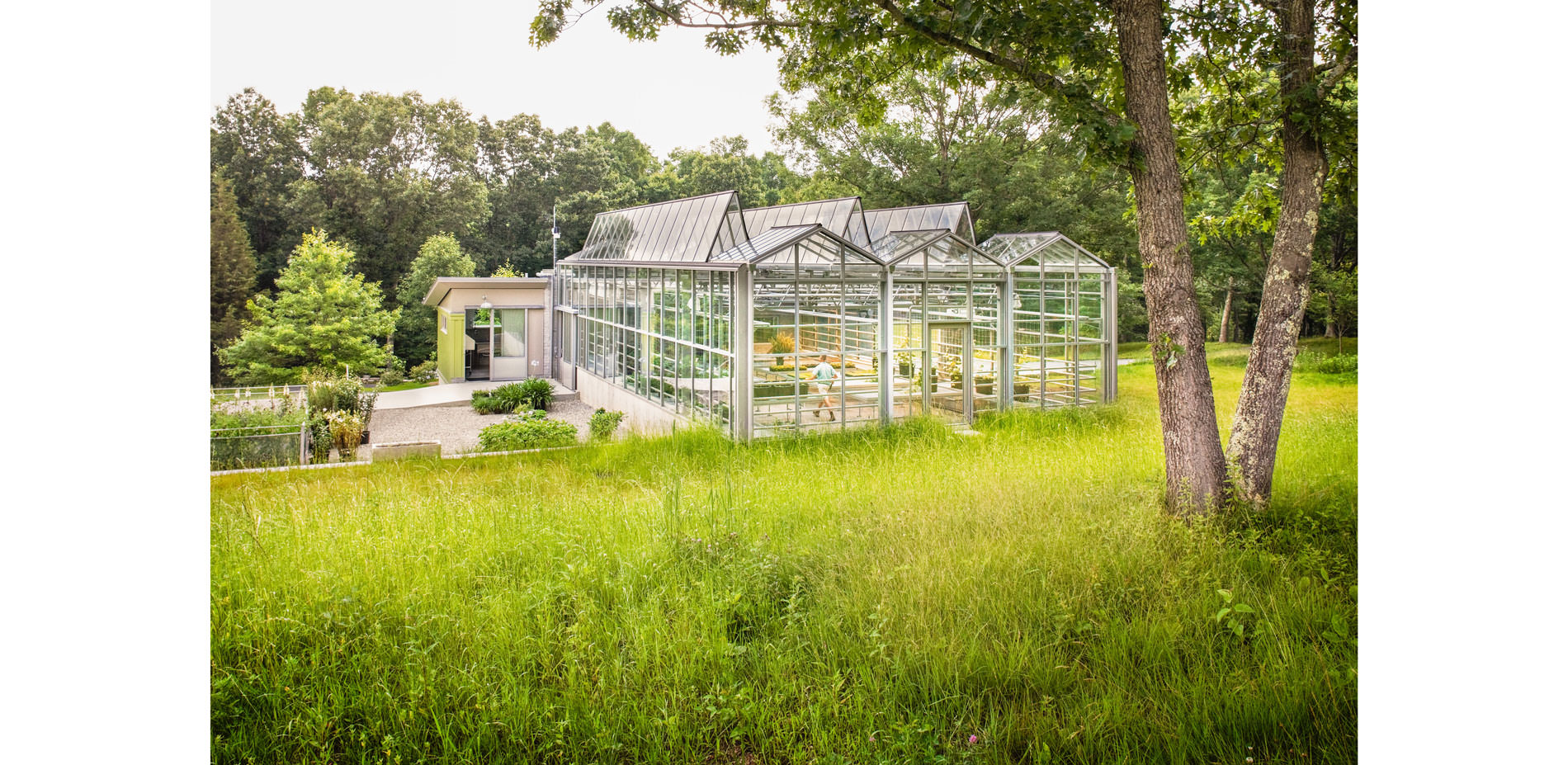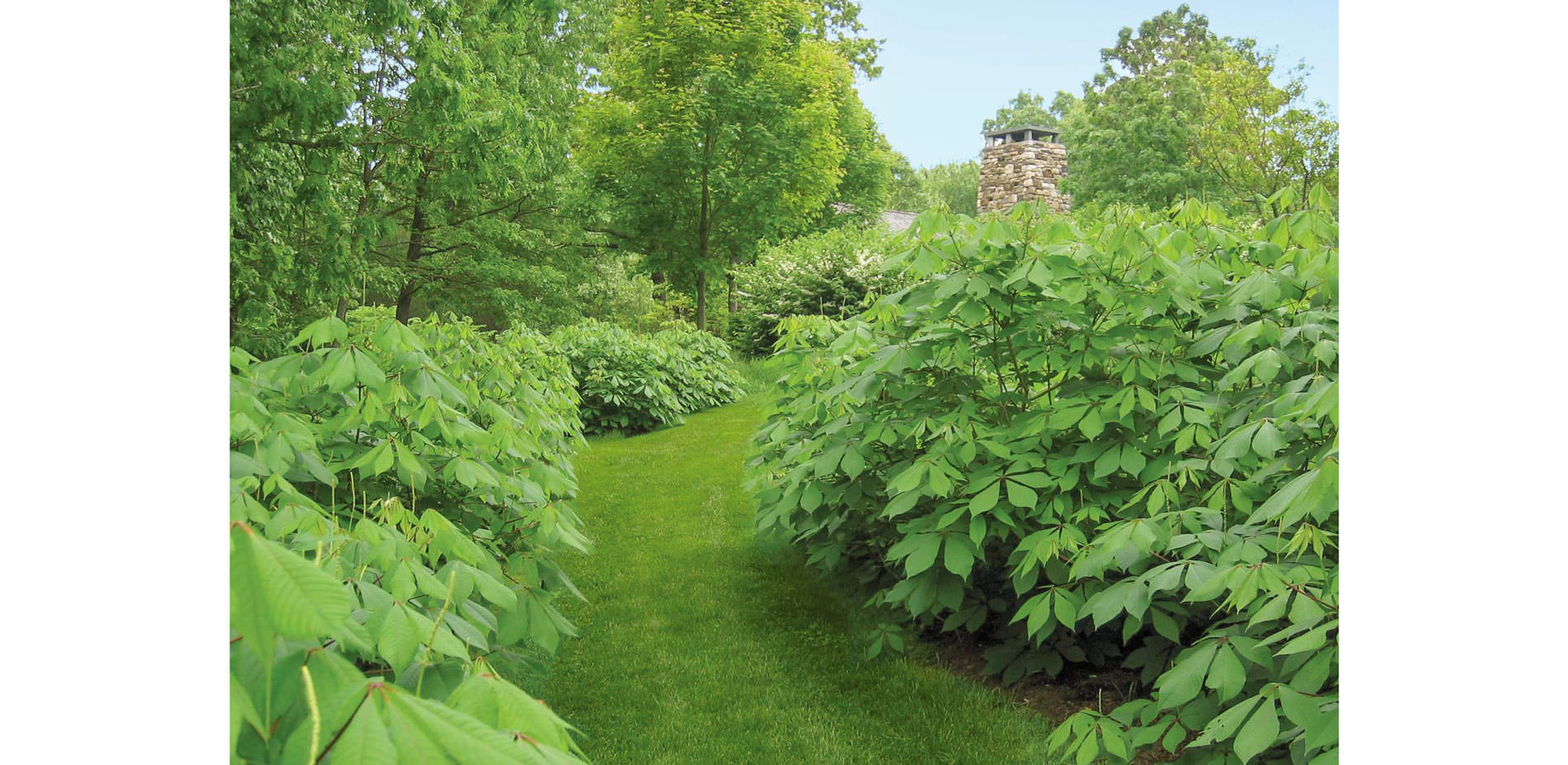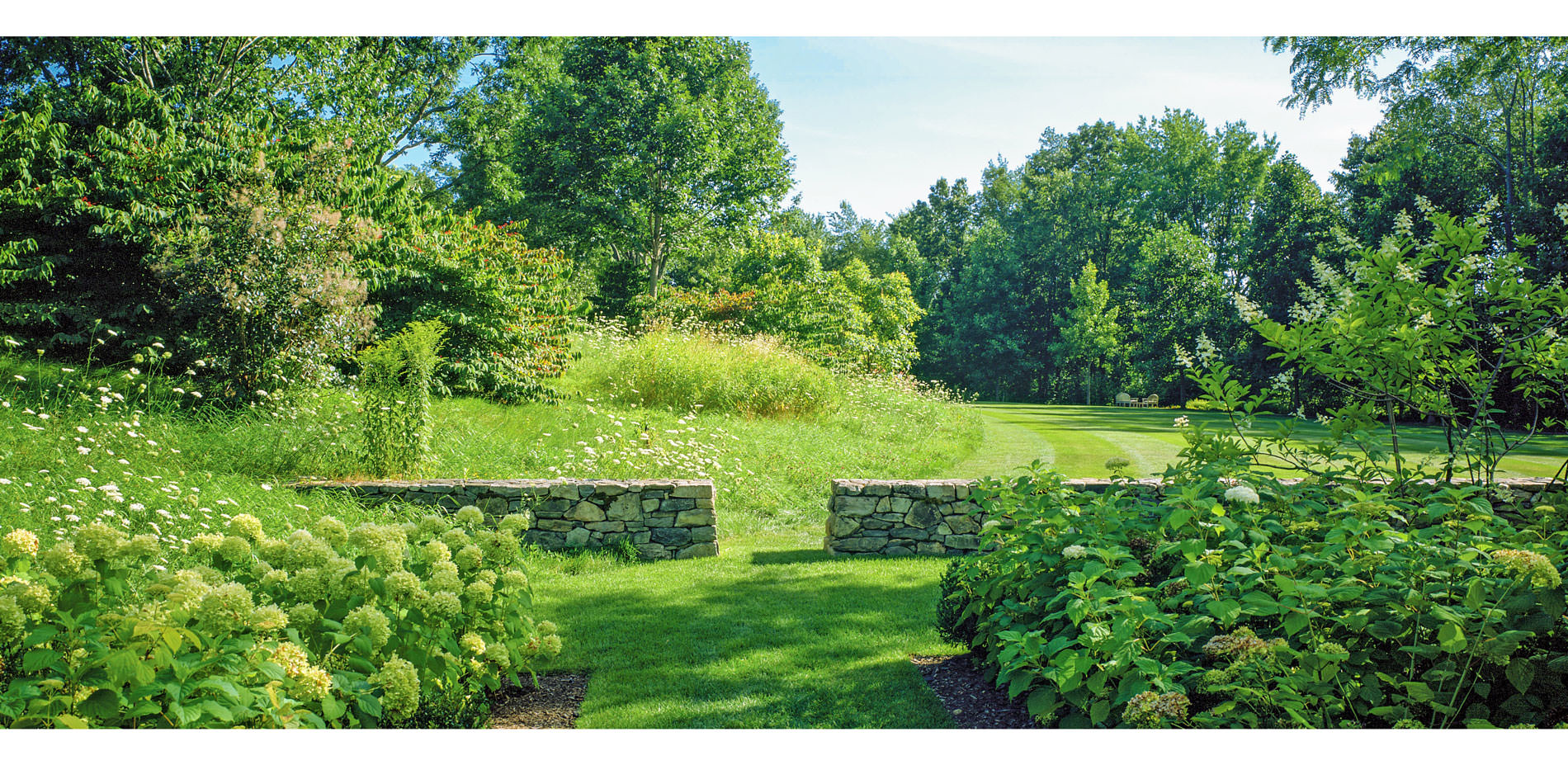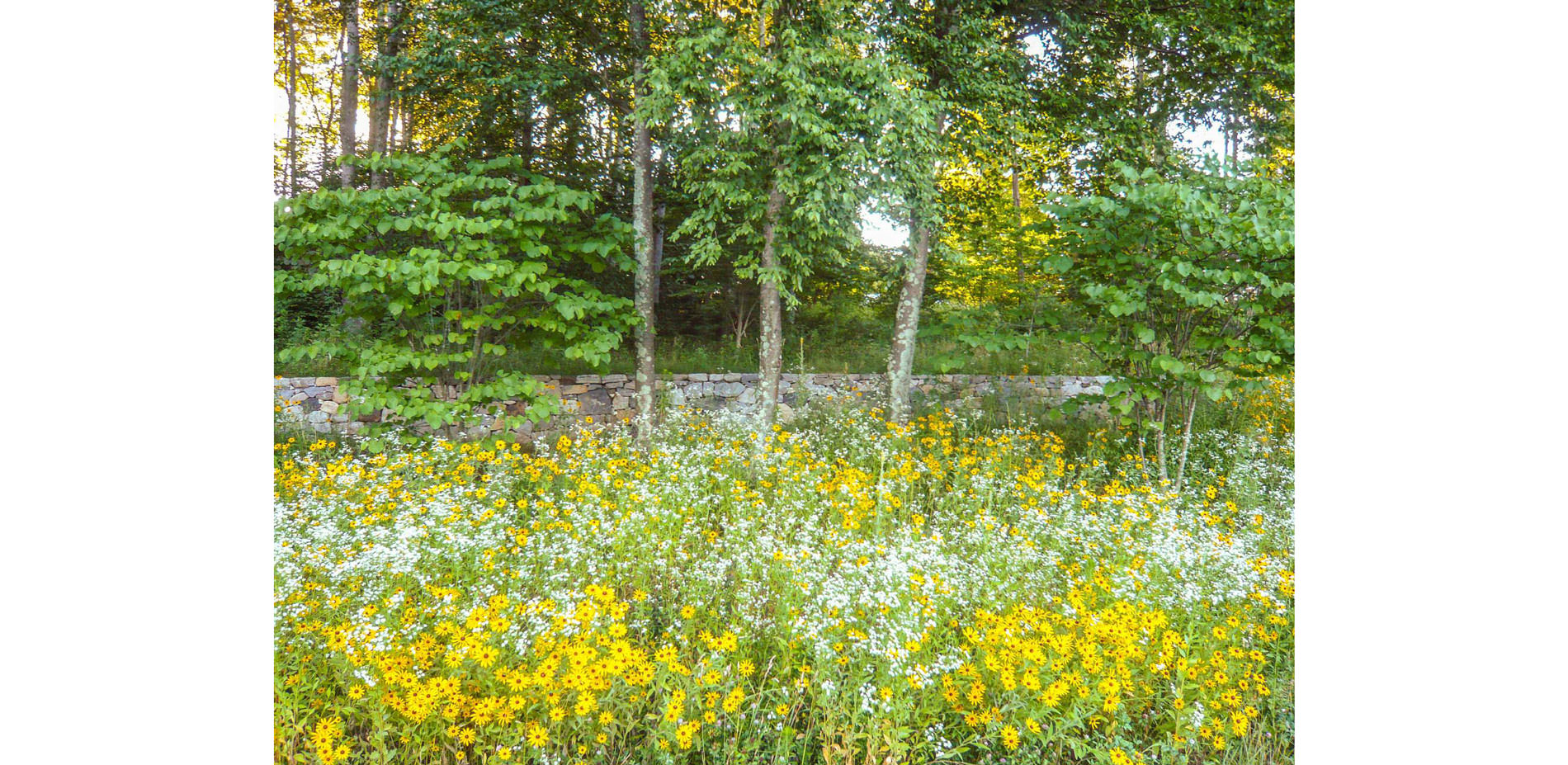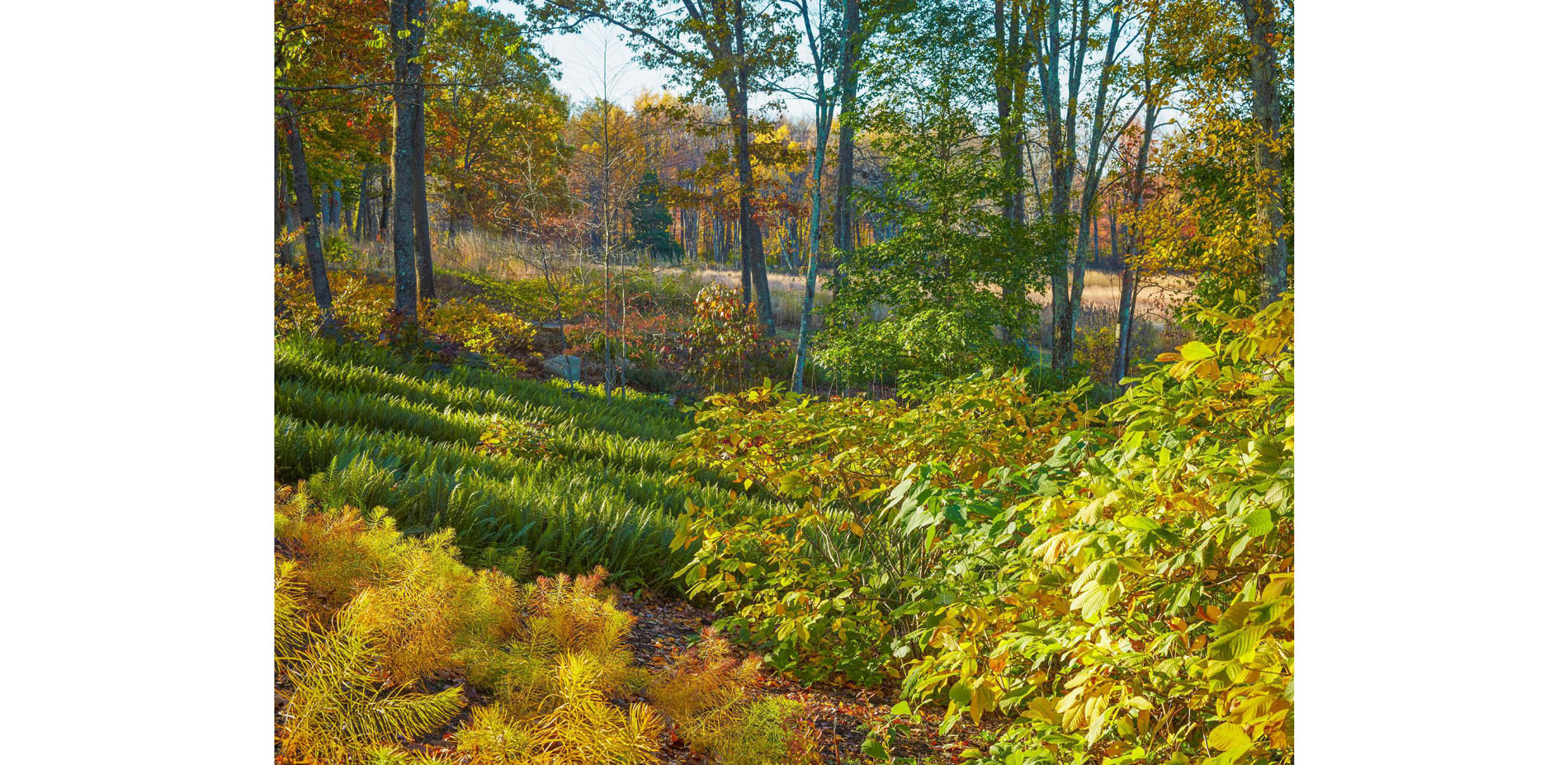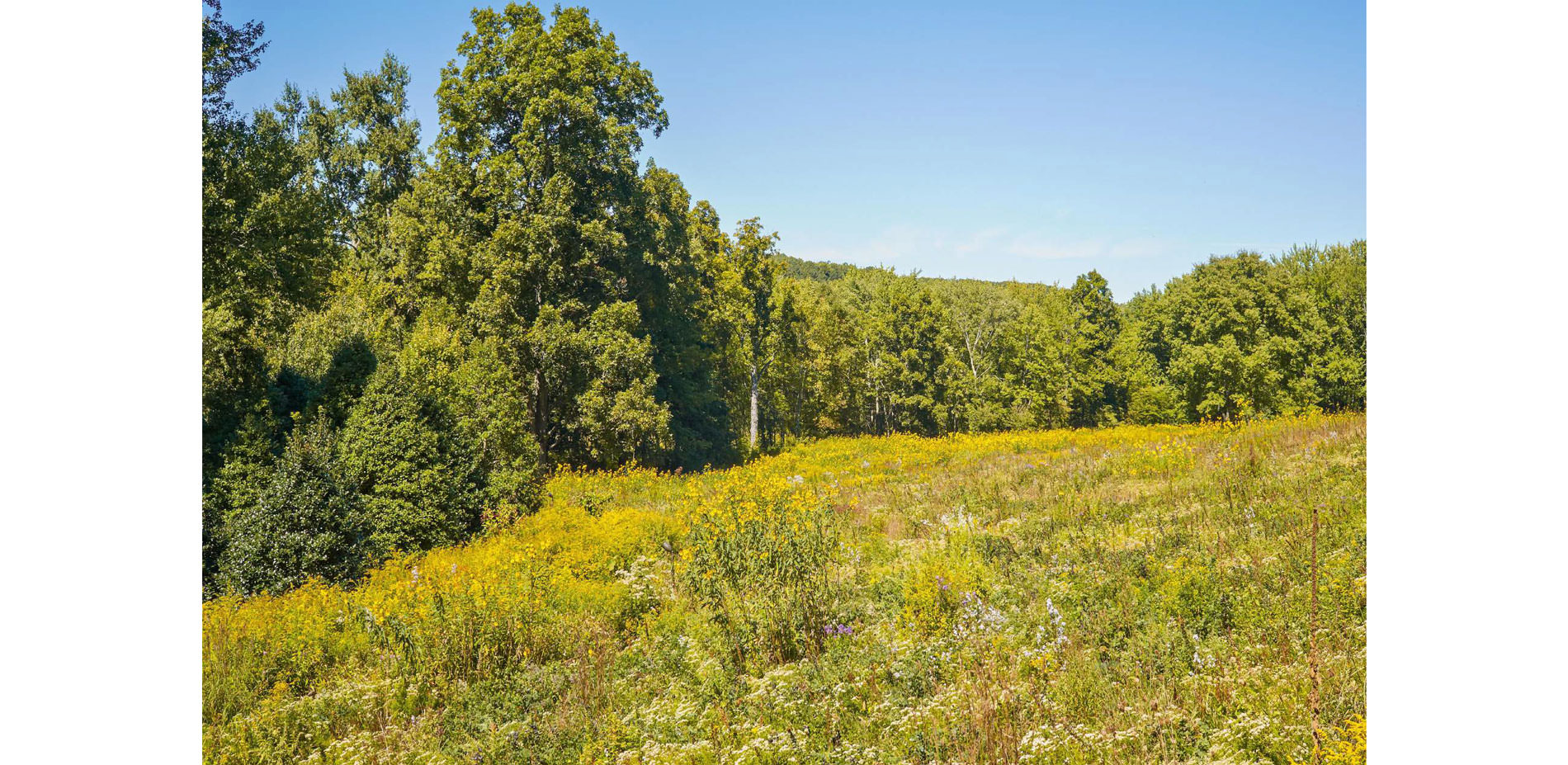Proving Grounds - A 20-Year Education in American Horticulture
Honor
Residential Design
Cambridge, MA, USA | Reed Hilderbrand LLC Landscape Architecture | Client: Adam R. Rose and Peter R. McQuillan
It also integrates organic sustainable practices without losing the poetry of the garden.
- 2017 Awards Jury
PROJECT CREDITS
- B-Five Studio
- Haley & Aldrich
- RSE Associates
- Hage Engineers
- Edwin Sosa (Masonry)
- Cape Cod Fabricators
PROJECT STATEMENT
In the mid-1990s, the owners and landscape architect set out to transform 16 acres of fallow farmland into a rural retreat. In the two decades since, the project has expanded into a continuous and evolutionary process of horticultural experimentation, a direct reflection of the client’s ongoing education in plants and living systems. The owner and landscape architect’s understanding of what it means to make a garden has also evolved with the times, a process of learning from horticulturalists, ecologists and specialists about applying innovative approaches and the latest research to the built landscape. The project’s garden habitats, today extending over 60 acres, embody principles of ecological stewardship, horticultural research, and farm-to-table agriculture. The property serves as a proving ground, shared with private and public constituencies, to promote advances in gardening, a testament to deepening national interest in the cultural significance of ornamental and culinary plants and sustainable landscape practices.
PROJECT NARRATIVE
Rural artifacts and distinctive landform structure a contemporary landscape
The master plan integrates the great variety of the site’s features into an armature for horticultural opportunities: the ridge-and-valley pattern with terraced agricultural tracts, laced with streams and framed by emergent woodland form the context for developing diverse native and naturalized garden typologies across a range of site conditions from upland to lowland, shady to sunny. The design situates the new building program – the house, outbuildings, drives and courts, formal gardens, and terraces – in deference to these distinctive features by utilizing the relatively level ground around the base of four knolls that rise along the ridge-top. A network of paths links these areas into a property-wide itinerary of great variety and richness, beginning at the house as more direct and proscribed walks proceeding to paths that meander to fit steep slopes, and finally reaching trails carved through meadow to access the edge of wetlands in the valley.
Seeking diversity: a matrix landscape of types
Every component of the landscape, from domestic garden to naturalized woodland to enhanced wetland, contributes to an ambitious horticultural program. At the scale of the garden, the landscape architect shaped experience of the property through expansive display gardens of unusual introductions and newly-developed cultivars of perennials and ornamental shrubs; an herb, fruit, and vegetable garden; flower garden; and state-of-the-art greenhouses that produce citrus, vegetables and greens for winter use and tropical plants for indoor display year-round. At the scale of the site, the landscape architect’s goal of enhanced ecological diversity is the basis of a matrix of landscape types developed in concert with the existing rural fabric – woodland gardens extend along the canopied slopes, meadows populate the relatively level midlands for solitary walks and for raising bees, and wetland stream corridors provide habitat for enriched hydric plant communities in the valley. All along, these areas have also been developed and managed for improved water quality throughout the property. Paths link these habitats into a coherent narrative expressing the site’s history and the new dimensions of this ambitious enterprise.
A product of incremental growth
In the time-honored tradition of experimentation and mutual education between landscape architect and client, the team developed an aspirational vision of what this property could become as a model for 21st-century garden design. The collaboration led to increasingly complex and long-term projects, with each completed phase of development inspiring greater conviction. These include the creation of flowering pollinator meadows, the active management of the forest, development of woodland gardens, and implementation of a comprehensive organic maintenance plan. What today appears as a powerful and singular vision of horticultural richness was only achieved over many years of investigation and collaboration, in small increments that were planned, designed, and constructed with great attention to durability and functionality.
Experimentation, practice, promulgation
While the project’s ethos follows the distinctly American tradition of the ferme ornée, or ornamental farm, the landscape architect incorporated contemporary spatial ideas, extensive knowledge of horticultural developments, and ethical principles of sustainable agrarian practices. These have come together in an experimental design approach which seeks to create a ‘modern’ expression of a traditional garden type. Operations are equally guided by an experimental approach to the garden as a testing ground of plant cultivars and techniques of cultivation. Specialists in woodland flora and meadow development have contributed their knowledge of plants, soils, and maintenance practices. Within the past five years, a fully organic maintenance program has proven successful and exemplary. The owners maintain the entire site according to the Northeast Organic Farming Association standards. Woodlands are managed through planned harvests and regular removal of aggressive adapted species so that a diverse understory can be encouraged. Detritus is gathered to replenish organic material in plant areas and to support compost operations. Garden clippings are streamed through an on-site compost tea operation for application in soil inoculations. These successes have led to a higher level of achievement in the health, beauty, and diversity of the site’s broader ecological systems.
The owners’ approach to their landholding as a place to investigate and demonstrate the best of horticulture today parallels their years-long commitment to and participation in setting the strategic direction of one of the leading botanic gardens in the country. Moreover, through their expanding pursuits, the owners’ commitments have grown beyond the borders of their property to include the support of regional and national institutions for education and research in public gardening. After 20 years, this project represents the best traditions of American horticulture, where rigorous daily practice has provided a testing ground for progressive ideas and values, where local action is the leading edge of larger cultural trends in our society.
PRODUCTS
Product Sources: FENCES/GATES/WALLS
- Edwin Sosa
Product Sources: IRRIGATION
- Haley & Aldrich
Product Sources: WATER MANAGEMENT/AMENITIES
Product Sources: HARDSCAPE
- Edwin Sosa
